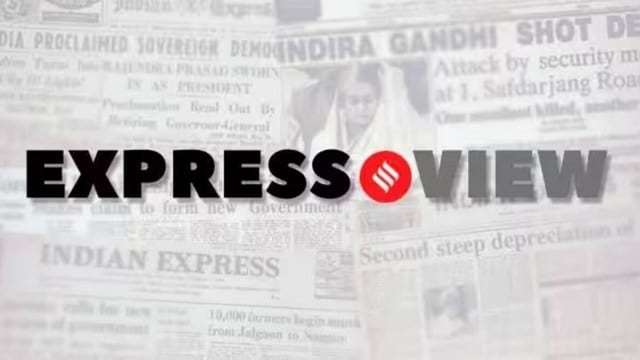
In its August meeting, the RBI’s monetary policy committee voted unanimously to keep the benchmark policy repo rate unchanged — it stands at 5.5 per cent. Alongside, the members also voted to continue with the neutral stance. The decision, which came after the MPC had frontloaded the rate cuts in its previous meeting — in June it had reduced the rate by 50 basis points — was expected, given the prevailing global and domestic environment. As RBI Governor Sanjay Malhotra said, “the current macroeconomic conditions, outlook and uncertainties call for continuation of the policy”.
The central bank’s forecasts accompanying the August policy indicate that inflationary pressures in the economy are expected to remain muted. The RBI has, in fact, lowered its inflation forecast for the year to 3.1 per cent, from 3.7 per cent earlier. In recent months, food price pressures have eased considerably, and a good monsoon season and trends in kharif sowing indicate that the outlook is benign. Core inflation, which excludes food and fuel, has, however, inched upwards to 4.4 per cent in June. But the price pressures are not broadbased. Inflation was muted in several non-food categories such as clothing and footwear, household goods and services. But the central bank’s forecasts have pegged inflation to rise to 4.4 per cent in the fourth quarter of 2025-26 and further to 4.9 per cent in the first quarter of 2026-27, as “unfavourable base effects, and demand side factors from policy actions come into play”. With some projecting inflation at around 4.5 per cent in 2026, which translates to a real interest rate of around 1 per cent, it reduces the space for further rate cuts.